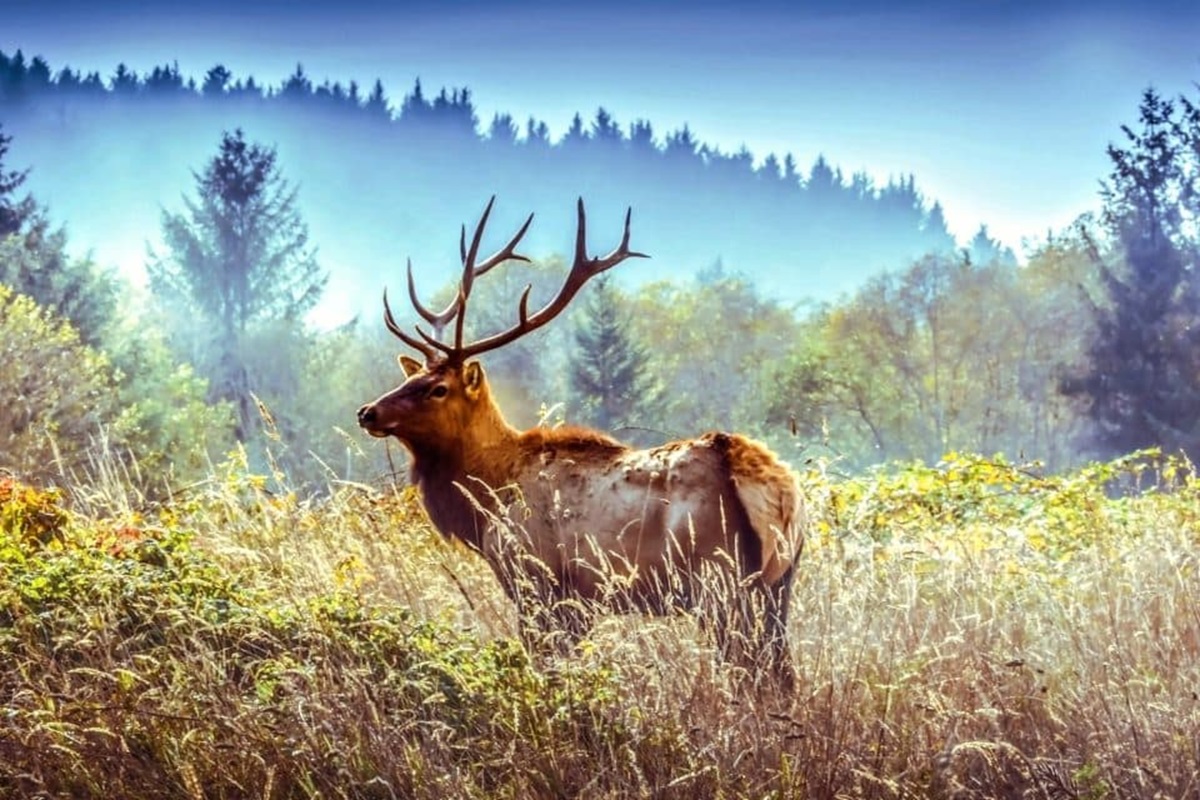A recent study by the USDA Forest Service Rocky Mountain Research Station has revealed that outdoor recreation noise can trigger fear responses in wildlife, similar to those triggered by predators. This finding highlights the need to balance recreational opportunities with wildlife conservation and underscores the importance of thoughtful planning to minimize the impact of noise on wildlife.

Wildlife Responses to Recreation Noise
The study, led by Dr. Katherine Zeller, an expert in wildlife biology, used an innovative method to isolate and study the effects of recreation noise on various mammal species. The researchers placed wildlife cameras and speakers on trails, playing different types of noise when animals approached and capturing their reactions. These noises mimicked activities such as hiking, mountain biking, and off-highway vehicle use, with variations in group size and vocal presence.
Key Findings
The study found that wildlife were 3.1 to 4.7 times more likely to flee and exhibited vigilance behaviors for 2.2 to 3.0 times longer when exposed to recreation noise compared to natural sounds or silence. Additionally, the local relative abundance of wildlife was observed to be 1.5 times lower in the week following exposure to recreation noise.
Impact of Group Size and Activity Type
The study also found that larger groups, particularly vocal hikers and mountain bikers, had a 6 to 8 times greater likelihood of causing wildlife to flee. Elk and black bears were the most sensitive to recreation noise, fleeing most consistently, while large carnivores were the least affected.
Impacts of Human Noise on Wildlife
Human noise has significant impacts on wildlife, disrupting their natural behaviors and habitats. This noise, often originating from urban development, transportation, and industrial activities, can interfere with animals’ communication, making it difficult for them to find mates, avoid predators, and care for their young. Chronic noise exposure can alter wildlife behavior, causing animals to avoid noisy areas, which may result in the loss of critical habitats and food sources.
Leave a Reply